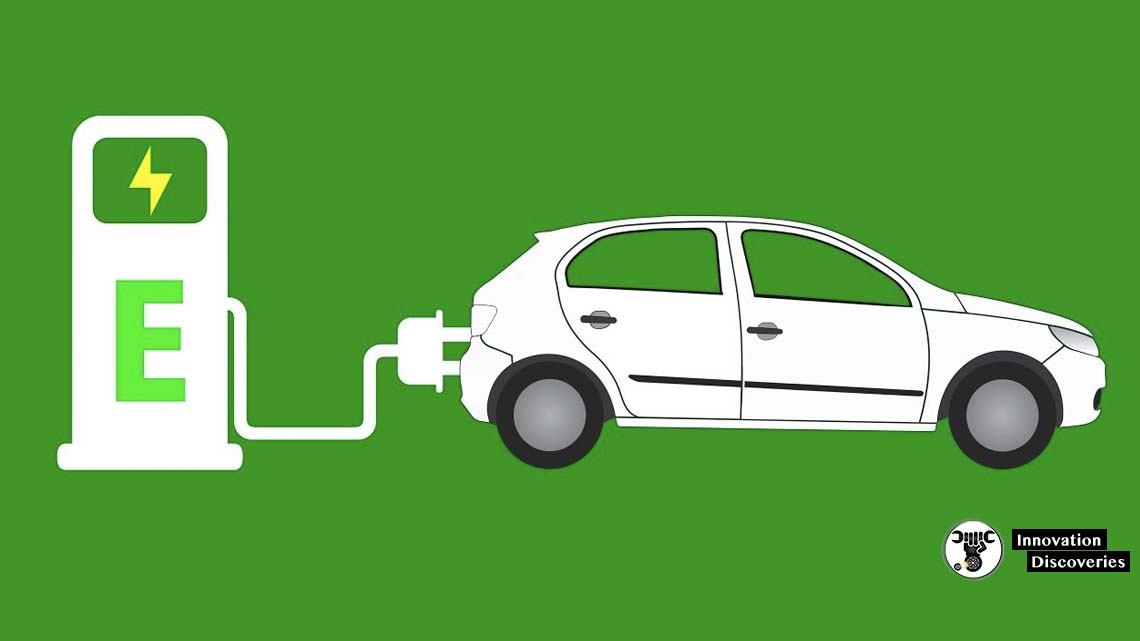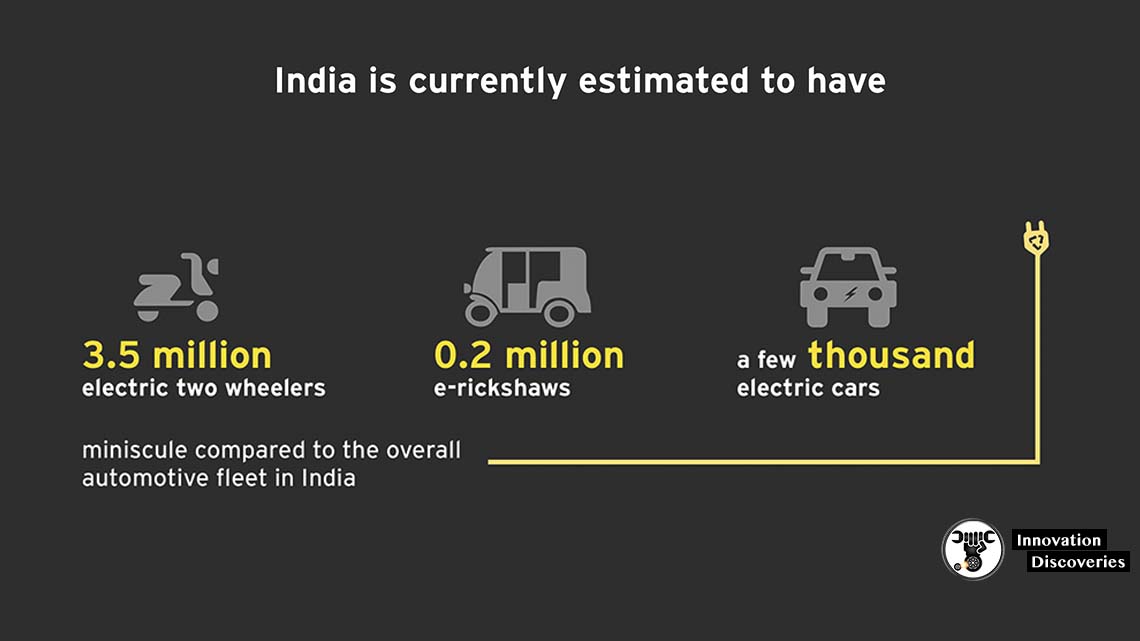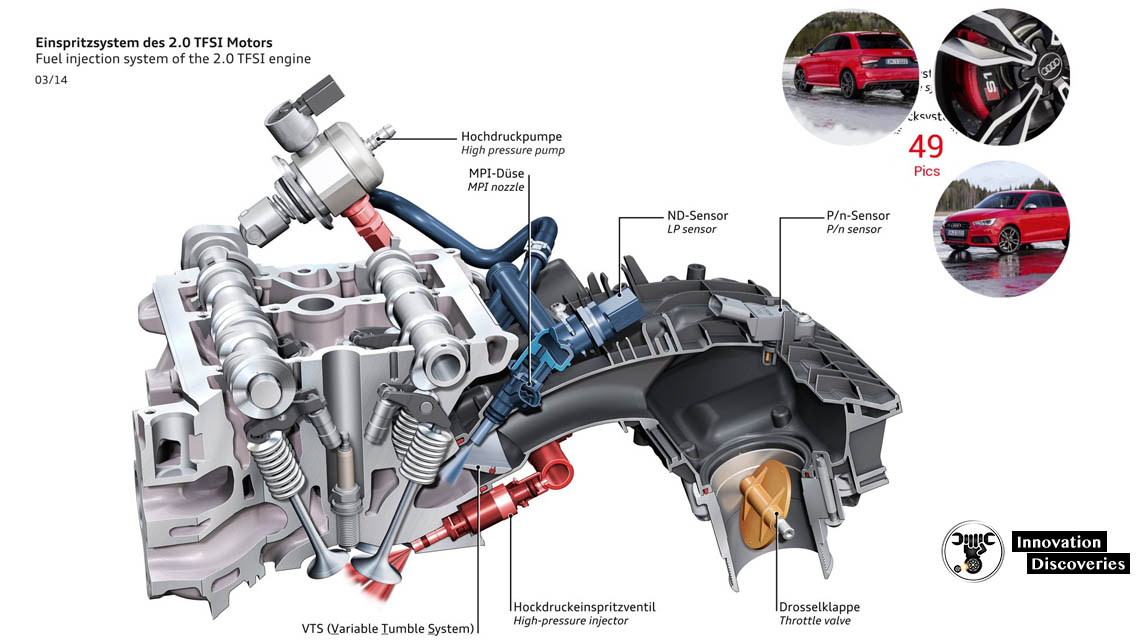Rising population, better road infrastructure, increasing rail,
Air and water connectivity and who knows so many reasons, but more and more people are traveling around the world.
The transportation sector is contributing to almost a quarter of the total greenhouse gas emissions around the globe. One may.
Argue that shifting to all-electric vehicles can reduce the impact on
Climate change, if not solve it.
According to the Paris climate agreement of 2016,
The target is to run 100 million electric vehicles
(EVs) on the road by 2030. As of 2017, it is around 3.1 million EVs.

How much clean is an Electric Vehicle?
A car that runs completely on electricity does not produce any emissions per Se,
But the source from which electricity is produced can contribute to emissions.
Electricity produced from renewable sources such as wind and sun virtually produces no emissions. But those produced from coal, oil and natural gas do contribute a significant amount of pollutants.
Increase in the number of EVs will result in increased demand for electricity,
Which in turn will lead to a higher demand for oil?
This may result in higher emissions.
To reduce the pollution levels from electrification, Stricter policies have to be implemented.
Investment in renewable sources of energy is the need of the hour.
China leading the way
The share of renewable sources for electricity production has increased,
Significantly over the past few years.
China is leading the way in renewable energy.
It is the world’s largest producer and exporter of solar panels,
Wind turbines, batteries, and electric vehicles.
In 2017, China’s renewable energy comprised 36.6% of its total installed electric power capacity, and
26.4% of its total power generation. The vast majority of its renewable sources is hydroelectric.
China is also the number one market for electric vehicles. The sales surged by 72% in 2017,
Pushing their total ownership to over 1 million EVs.
The country is also driving the growth in bus and two-wheeler sector,
Holding 99% of the world’s total stock.
Electric vehicles future in India
India has been pushing to make plans for a
Major shift towards electric vehicles by 2030.
Being a member of the Electric Vehicles Initiative (EVI),
India plans to have EVs contribute to 30% of all vehicle sales by 2030.
Looking at the ground reality,
The plan seems to have a lot of dead ends which will hinder India’s goal
Of achieving the target.
70% of India’s electricity production comes from coal.
Coal is the main source of power,
An increase in EVs will result in a need for more coal to reach the power demand.
This will dent India’s goal to cut emissions.
India is on its way to rolling out BS-VI emission norms in 2020.
Vehicle manufacturers will be recalibrating
vehicles to meet the norms and hence they will be left with lesser investment for EVs.
The high cost of EVs and poor public charging infrastructure makes it less appealing to the already reluctant customers to buy EVs.

Unless the government comes with a better policy to improve the
Infrastructure and to provide incentives to the EV manufacturers with,
Low taxes and other benefits,
It is difficult to provide an affordable range of EVs to
Indian customers.
Investment in renewable sources of energy will also help in cutting emissions.






2 Comments